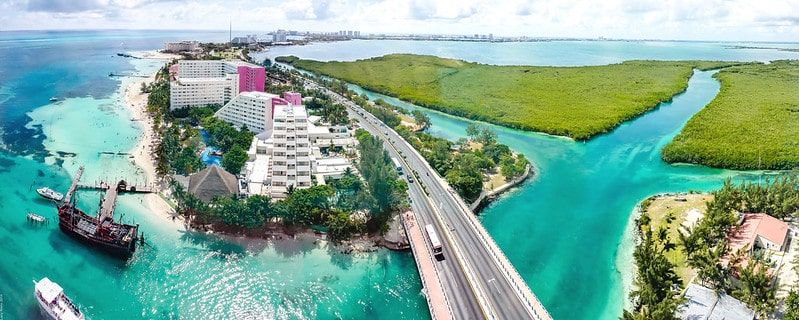Discover the main natural protected areas in Cancun
In Quintana Roo there are 11 Natural Protected Areas registered, with a total surface by decree of 312,864.672 hectares, of which 90.91% are under state jurisdiction and 9.09% under municipal jurisdiction.





